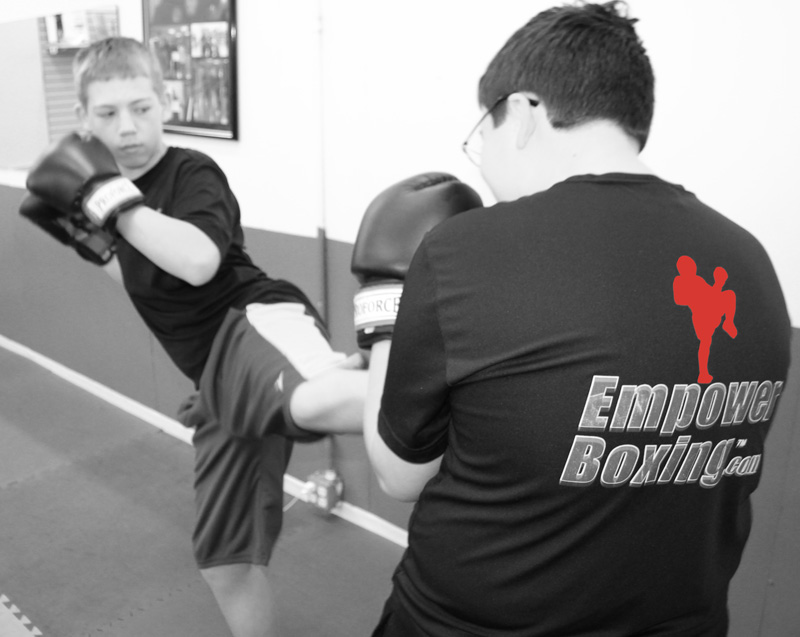When I was publishing Martial Arts Professional magazine, we sold advertising to clients who wanted to reach and sell to our readers.
Occasionally, an advertiser wanted to cancel the contract. In the publishing world, the process for doing this is called “shorting the contract.”
In exchange for committing to a set number of ads, the advertiser was given a discount for each ad.
Shorting the contract meant that the ads the guy ran would be re-billed at the one-time rate and, if he paid the difference, we would release him from the contract. For instance, if he committed to 10 ads at $2,000 each and canceled after five, he would have paid us $10,000 of a $20,000 contract.
However, had he purchased those ads one at the time, the cost would have been $2,200 each. So, if he wants out of his contract, he would pay the difference between five ads at $2,000 (what he paid) and the single run price of $2,200. This would be $200 x 5 = $1,000. He would pay the $1,000 to “short out” his contract.
It would be a fair deal for both of us. You can similarly use this idea in your martial arts school. Say a student is halfway through a 12-month agreement at $100 per month and stops coming to class and paying.
You can offer the student the opportunity to make the agreement good by letting him buy out the balance at a 40-percent discount. In this example, he has $600 left, so a 40-percent discount would be $240 off, leaving a new one-time balance of $360. He would be allowed to return to class with all privileges and would also avoid having the billing company breathing down his neck (good motivation).
You may have to send a portion of that to the billing company (they will usually take it as a credit on your next check), but it’s worth it. You got money that you most likely would not have, and your student is back in class and appreciative that you were willing to help him through a jam.


